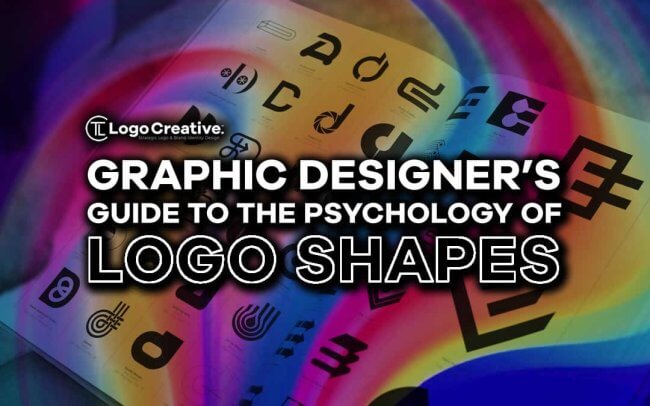For a business to be successful, it must have a well-known logo. It is the face of the company and the center of attention. While also reflecting the company’s message, an engaging design will attract clients, trigger emotions, and encourage them to interact with the brand. In this article we discuss Graphic Designer’s Guide to The Psychology of Logo Shapes.
Rather than facts, consumers make purchasing decisions primarily on feelings. If you have a strong logo, customers will be loyal to your brand.
When it comes to comparing companies, symbolism is really important. It takes only a few seconds to make an impression, but a consumer must see it 5 to 7 times before remembering it.
If a company is to succeed, it must have a strong visual identity with its customers. Thinking on universal meanings would help this strategy.
Table of Contents
The Psychology of Forms
Using different logo form ideas, brands can communicate their values and ideals by subconsciously provoking different emotions in us.
Logos with circles and curved lines indicate compassion, harmony, and femininity. They have a cyclical quality to them. The Olympic rings, which signify unification across nations and groups, are the most well-known illustration of this.
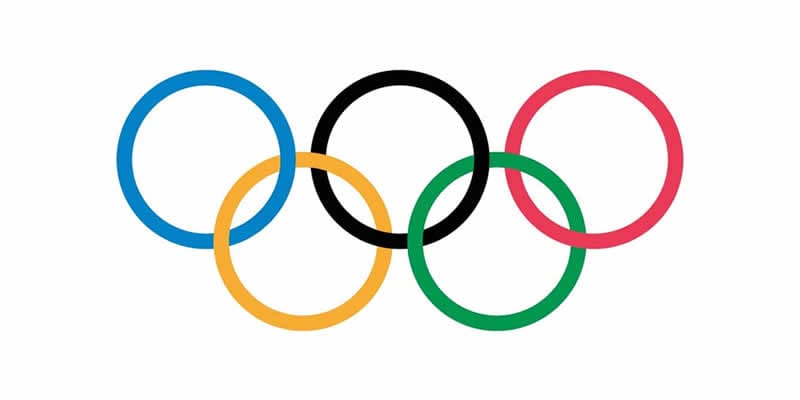
Triangles are masculine and strong emblems. They can be found in legal, religious, and scientific organizations.
Squares provide a brand a more trustworthy image. Many businesses employ these four-sided shapes to provide a sense of comfort and efficiency to their customers. Microsoft’s logo is a great example of a square logo with a splash of color to give some personality.
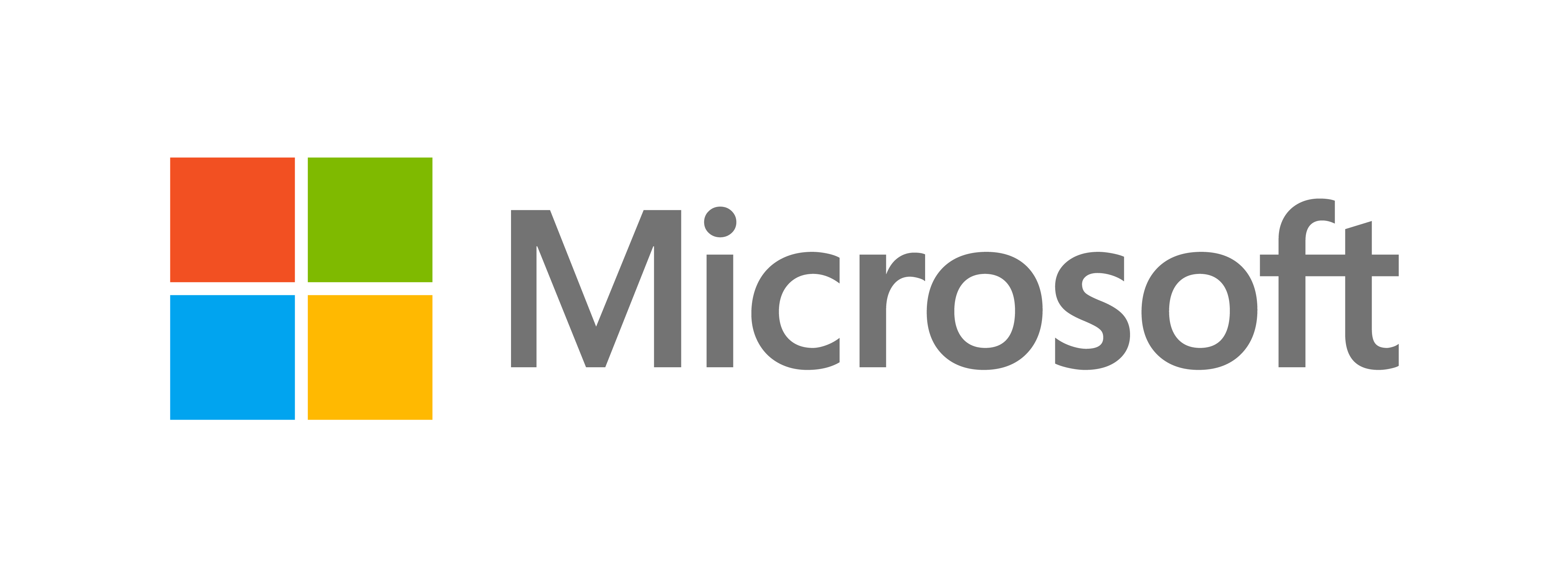
Vertical lines appear more professional, whilst horizontal lines appear to be more soothing and relaxing. Diagonal lines have a vivid and colorful appearance, but their misuse can give off an untrustworthy vibe.
Organic shapes are a great tool for attracting attention because they imitate real-world items while still allowing for creativity.
Balanced Harmony
While your logo’s structure may be flawless, it must have a harmonious mix of colors and fonts to be truly outstanding. Gestalt theory is linked to this concept, which is critical for designers.
It states that the sum is greater than the sum of its components. This concept was picked up by psychologists in order to learn more about how people process sights. Six design concepts are generated by this philosophy.
- The prominence or dominance of elements in a logo can be determined by their closeness and placement within the design.
- Closure: The ability to visualize an image even though portions of it are absent by filling in the gaps with negative space.
- Creating a flow inside the design to direct the viewer’s attention to key areas is called continuity.
- Connecting the foreground and backdrop to see them as a whole is known as figure-ground.
- Logos don’t have to be symmetrical, but they should have a good balance of type and shapes.
Emotions and Colours
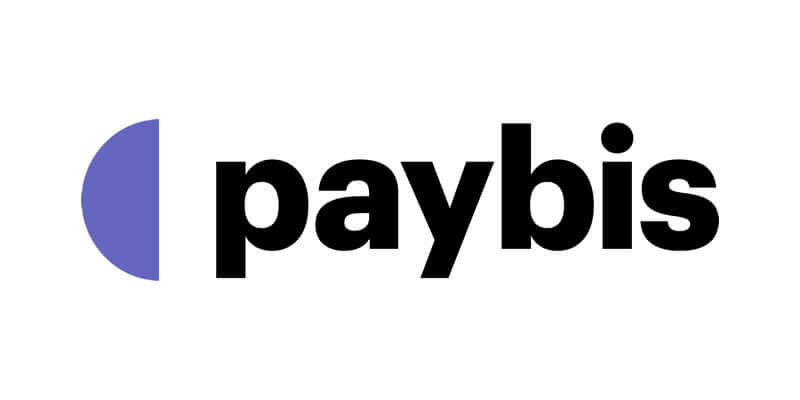
Designers from Paybis use very little colours and prefer the use of a simple half circle shape with a touch of purple as their brand mark. Purple is a colour associated with monarchy, as well as compassion and creativity. The user is made to feel like they want to feel when interacting.
When it comes to branding, it’s no different. Colours, like shapes, elicit distinct emotions in us. This strategy can be used by businesses when creating logos.
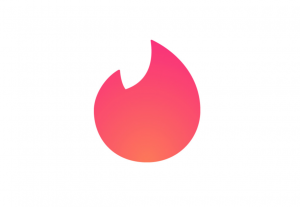
Red is a color that can represent love, power, or passion. Tinder uses this color, which alludes at the spark of romance, along with their flame-like emblem. Optimism, fun, and trust are all associated with the color orange.
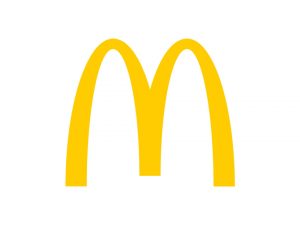
McDonald’s logo design is yellow, which represents pleasure, cheer, and joy.
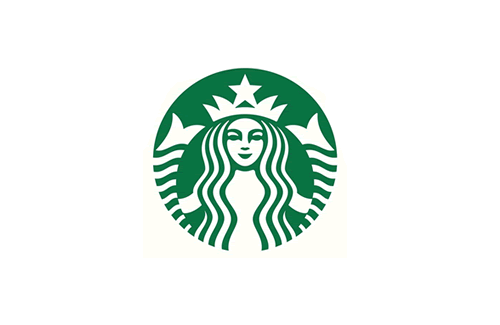
Green, like nature, exudes a sense of tranquility, harmony, and relaxation which is what Starbucks aim for.

The color blue, which is akin to the color of the ocean, is associated with calming energy and tranquility, as well as professionalism.

Pink is a happy, youthful, and feminine color. Black, on the other side, is strong, refined, and contemporary.
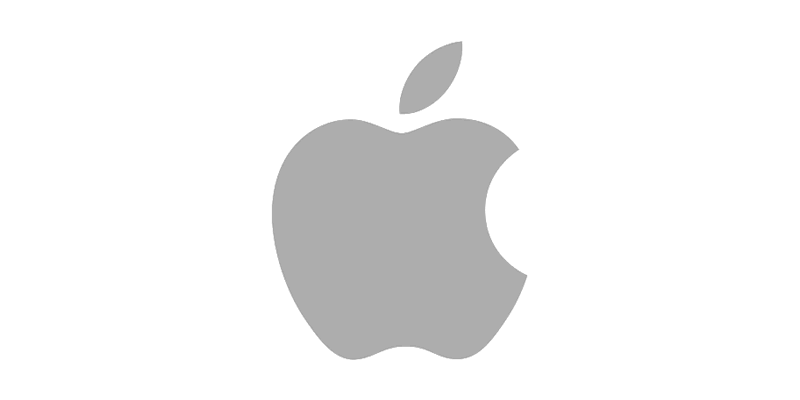
Gray is a wonderful color to choose when you want to convey professionalism and neutrality like Apple for example. Finally, brown is a soothing and reliable color.
Typography
You must use a typeface that is consistent with your brand. The letter font you select is as important as the shapes and colors you use. These three parts must be blended smoothly to make a fantastic logo design.
It is recommended that you contact a professional designer to create or update your brand logo. If you want to try your hand at making a logo, there are a plethora of websites where you may do so.
Remember that the composition of your logo must be flawless, with a scaling capability that allows it to alter size to fit in different areas, such as online or on packaging. There must also be some element of surprise.
Join The Logo Community
We hope you have enjoyed the Graphic Designer’s Guide to The Psychology of Logo Shapes. If you would like more personal tips, advice, insights, and access to our community threads and other goodies, join me in our community.
Learn from our Founder Andrew who personally writes our community newsletter. You can also comment directly on posts and have a discussion.
*TIP – Looking to learn logo design? We recommend the Logo Design Online Masterclass, it will teach you how to plan, design and execute logo designs. The course has also had great feedback from the design community.

